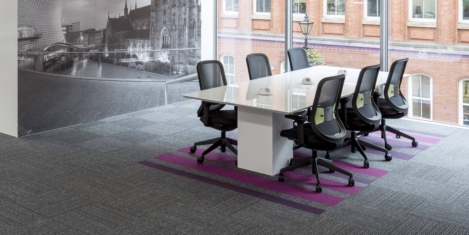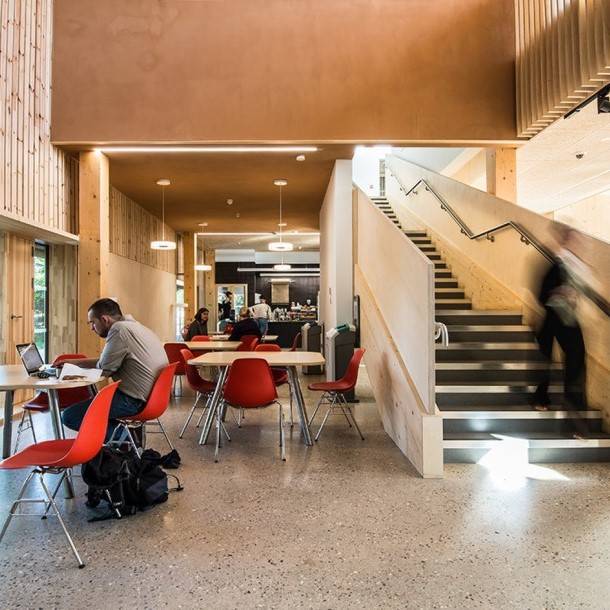October 10, 2016
RSA welcomes clients and brokers to new office in the heart of Birmingham 0
 Located a stone’s throw from Snow Hill Station in Birmingham’s min business district, insurer, RSA’s new Trading Site puts its employees at the heart of the customer experience. Rather than separating support functions from front of house, the new space combines client-facing areas and open plan benches to create an open, collaborative and flexible environment. The office features assigned workstations for staff including brokers and underwriters, who will benefit from the enhanced collaboration and communication across the clear, unobstructed workspace. In addition to open plan benching, the office features, meeting rooms, lounge areas and a multifunctional kitchen that can transform into an intimate client event space.
Located a stone’s throw from Snow Hill Station in Birmingham’s min business district, insurer, RSA’s new Trading Site puts its employees at the heart of the customer experience. Rather than separating support functions from front of house, the new space combines client-facing areas and open plan benches to create an open, collaborative and flexible environment. The office features assigned workstations for staff including brokers and underwriters, who will benefit from the enhanced collaboration and communication across the clear, unobstructed workspace. In addition to open plan benching, the office features, meeting rooms, lounge areas and a multifunctional kitchen that can transform into an intimate client event space.



































October 7, 2016
Are we seeing the workification of home or the homification of work? 0
by Anna King • Comment, Flexible working, Workplace design
(more…)